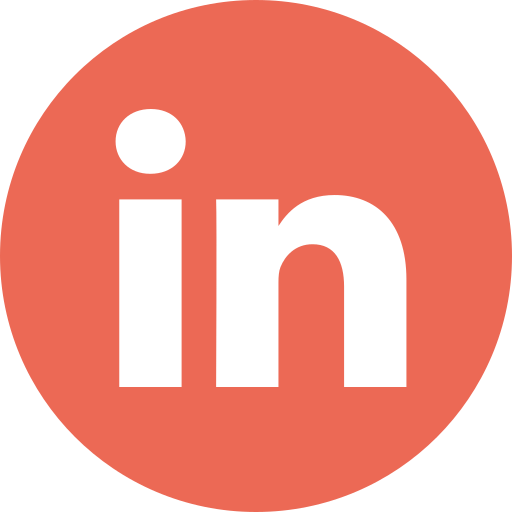
Now is a difficult time to be a marketing leader. Digital spending is rising and new channels are multiplying, but your budget is likely shrinking. Right from the start, finding the right balance between brand and demand generation is difficult, and it changes from day to day.
In its latest CMO Spending Survey, Gartner found that marketing budgets fell to 6.4% of a company’s turnover in 2021, down from 11% the previous year. This was the lowest number since the survey began in 2014. However, the requirements for this budget are multiplying as new media channels emerge. Which begs the question: How should a smart CMO allocate his newly cut budgets?
A survey conducted by Adverity found that 34% of marketers do not trust the data they are provided to inform campaigns. Much of this is due to the prevalence of manual processes: 6 out of 10 CMOs say processing data for reporting purposes is the biggest challenge they face. Perhaps unsurprisingly, the next biggest challenge was the inability to measure marketing ROI. All this leads to a general uncertainty about how to optimize the distribution of the marketing budget.
Nowhere is the lack of good data more evident than in brand awareness activities. Common sense dictates that advertising campaigns should account for 60% of advertising budgets and demand generation for the remaining 40%. However, the reality is very different. According to the latest report from the LinkedIn B2B Institute, nearly 80% of B2B marketing budgets are invested in lead generation.
The main reason for this is that traditional brand measurement mechanisms require detailed surveys of large groups of different stakeholders, a slow and costly process with often inaccurate results.
CMOs simply cannot make decisions based on unreliable data that is often unavailable for months after a campaign closes, and so they default to demand generation activities, for which it is easier to demonstrate a clear ROI.
How to solve this problem? Today, some platforms provide timely and comprehensive data on the state of the brand. These include Crayon, Qualtrics, and BlueOcean. For example, the Brand Navigator platform looks at over 1,300 touchpoints across paid, earned, and owned channels and evaluates brand health in six different categories.
If you’re thinking about your next solution, make sure it has a feature that keeps the data up to date. This not only makes it accurate but also allows CMOs to track fluctuations over time.
via b2bmarketing.net




